
Somalia:SSC Stands its Own Legs
Introduction: A Few years ago three
regions in Northwest Somalia called
Sool Sanaag and Cayn were silently at peace, far away from the world’s media and far distant from the international arena. Apart from its Dervish links in the Somali independence days in the 1960s, Sool Sanaag Cayn had neither abbreviation nor followers and most importantly the three regions lacked prominent leaders voicing for the people and the needs of the region at world
stages. Although people originating from these three regions were always closely linked through clan roots and inhabitant inter -marriages, there was always a missing link, a secret code, unattained ingredient, there was a need for a hero that hailed and united the three regions for their common good. As time passed, the South of Somalia has became a no go area after the Siyad Bare regime collapsed in 1991, while in Northern Somalia clans grouped to create autonomous sub-regions of Somalia along clan borders, while some clans attempted to take advantage of the lack of central government in Somalia and created a clan ruled ‘country’ stepping beyond their clan borders (e.g. Somaliland). As all this happened up and down Northern Somalia the Sool Sanaag and Cayn inhabitants stayed silently confused and sought to remain in peace.
That is until November 2007, when parts of the Sool Sanaag Cayn regions were forced under the umbrella of other tribal zones, in particular many civilians in the capital of Sool (Lasanod) were forced to flee, homes were destroyed, lives ruined, families divided, elders abused and dignity discarded. The Somali Diaspora originating from the three regions, were immediately obliged to become very concerned by the events unfolding back home and inevitably had to regroup to take action against the injustice conflicted upon their people in the region.
This was the birth of the SSC (Sool Sanaag and Cayn), this was the abbreviation, the missing key, the required code and as the hero’s stood above the crowd, the letters SSC were heard, it was heard worldwide, it has become solid in the hearts of many, it was written in songs, poems,
newspapers, discussed in the Somali TV and even reported on the Al-jazeera international News.
This was the day of revolution in Northwest Somalia, the day many had waited for so long, it was the light of a new generation and the voice of the people and the political symbol of Sool Sanaag and Cayn.
The question is why did they create SSC as a political movement? The answer is simple, they were looking for change. The people in Sool Sanaag Cayn regions sat on the fences of both Somaliland and Puntland for many years as they could not align with neither systems; this lack of allegiance and dissatisfaction with Puntland and Somaliland has created an immense need for self-governance, autonomy and an alternative political system that people could relate to and regard as their representative. On the other hand, at this crucial timeline of the SSC, there was a moment that one could argue, without the government of Puntland it was impossible to create SSC. As initially, the current SSC leader (Dr Xaglatosiye) including many SSC activists made great attempts to stand united with the Puntland Government, even reaching at a position to compete for seats in the Puntland administration at the Puntland political election. However, efforts to unite the SSC with the Puntland Government became impossible due to tribal differences between the SSC and Puntland and the lack of transparency and fairness in the Puntland administration system, the SSC had no choice but to stand on its own two legs. Today, the SSC movement is over a year old, it has large number of supporters across the globe, it has clearly defined mission that spells out the desperate need for peace, unity and liberation of the Sool, Sanaag and Cayn. The independent SSC today, advocates and supports Somali unity, SSC events and gatherings display proudly the Somali flag, the Dervish roots of the civilians have been reignited by the notion of a better SSC region. The logo of SSC is simply the Somalia flag, because the ancestors of SSC are acknowledged by the world history books as those that fought strongly against the colonialism and sacrificed the largest number of lives to make Somalia united and free from slavery. Thus SSC is symbol of unity not only in the Sool Sanaag Cayn regions, but has a wider vision to support Somalia’s overall stability and peace.
The SSC movement currently has an elected president, vice president, cabinet and legislators.The president is Dr Saleban Isse Ahmed (Xaglatosiye), and the vice president is Ali Sabarey. After hard work and a lot of challenges, SSC receives praise, support and motivation from local tribal leaders, the Diaspora communities at large, respected scholars and enjoys good relations with the International community and all those interested in developing a peaceful Somalia.
Local Leaders: SSC receives support from respected local elders and tribal leaders, as it is the elders of the SSC that were the key influencers and behind the decision of creating an autonomous symbol of unity in the Sool Sanaag Cayn (SSC) regions. For example, more than ten highly respected local tribal leaders met in the SSC village of Buuro-Wadal and after few days of deliberations, declared to the world and the region that they unanimously support the SSC. Prior to meeting in Somalia (Buuro-Wadal) these elders had their first meeting in Nairobi (Kenya); at this initial meeting at least three tribal leaders were present to witness the official birth of the SSC. All the tribal leaders at the meeting were from the Dhulbahante clan, a sub-tribe of the Darod clan. Tribal leaders in the region are often elected in three ways: some are elected from the needs of sub-clan, some are chosen based on their political knowledge (Siyad Bare regime, Somaliland, and Puntland), and others based on the power they held in the past (i.e. during the British colonial era). Once the tribal leaders get elected, there is no way to take it back. They will hold the title and the power forever. Usually, the tribal leaders get invited high level meetings
regardless of where the meeting happens. Once they get invited to the meeting, they listen, and they have the last word of the meeting either approve or reject.
Now the question is why the tribal leaders support SSC? The answer is not simple, but it could be set out into three folds: Firstly, the tribal leaders did not always support the notion of SSC, especially the methodology applied in the development and announcement of the SSC, as there were only few people present at the initial meeting of the SSC. Few scholars from Sool, Sanaag and Cayn were involved in the organizing of the the initial SSC meeting in Kenya. The purpose of the meeting was to debate how to liberate Sool and Sanaag regions from Somaliland.
As the term ‘Somaliland’ is a word from colonial British times, it is a word that brings back bad memories for many Somali patriots due to the large number of Somali deaths suffered during the fight for Somali independence in the 1960s. Somaliland is also regarded to be a single clan affiliated administration in Northern Somalia, with a dream to take over and administer the Sool Sanaag and Cayn (i.e. stepping over to regions beyond its affiliated clan borders). Instead of generating peace with the diverse tribes in the region, the Somaliland administration is accused of attempting to recreate the British Colonial lines through force rather than dialogue, and attempting to divide a nation, a country and the
solid history the SSC region has enjoyed for centuries. Somaliland’s capture of the capital of Sool (Lasanod) in November 2007, without the will of the region’s civilians has been the key driving force of the debates initiated by the SSC movement and it is that same reason that scholars and tribal elders of SSC needed the development and strengthening of the SSC to be widened to include more than few people. Habitually, tribal leaders are known to respect ideas that stem from inside Somalia in comparison to those deliberated by the Diaspora or created outside the country. Thus, the SSC was initially regarded as being a product of foreign invention, due to its key activists originating from America, Canada and other foreign countries, it was initiated by the Diaspora reaching out to help the needs of the people in the Sool Sanaag Cayn regions that were subjected to abuse by the Somaliland and were not in receipt of support from the Puntland administration, whom both were claiming to the international community to be in control of the regions.
The challenge of receiving the support of local scholars was the initial early days challenges, although through dialogue and involvement of all tribal elders finally, the tribal leaders accepted the mission of the SSC and acknowledged the fact that the majority of civilians of the region support and need the SSC movement.
Secondly, the tribal leaders of the SSC were divided in their support of a single mission, as some at the time supported Somaliland while the majority supported the Puntland administration.
This is due to the geographical location of the SSC being in the middle of the two zones
(Somaliland and Puntland). The majority of tribal leaders supported Puntland, and they want to iberate Sool, Sanaag under Puntland administration. Instead of new movement that is not Puntland. On the other hand, a few tribal leaders supported Somaliland, and they want the Somaliland administration to control these regions. However, after an endless number of telephone conferences, meetings, gatherings to debate and discuss the region’s interest, the tribal leaders agreed to conclude that they unanimously support the mission to liberate the Sool, Sanaag and Cayn under the SSC movement.
Finally, the tribal leaders disagreed with each other regarding the selection process of legislators. For example, when tribal leaders met inside the country, they did not agree on who should be chosen to represent as a legislator and conflicted on the decision as to how many numbers were needed to be key members of the SSC movement. After a hard debate, they agreed the number of legislators, and they decided 21 persons. When it comes to politics, the Dhulbahante clan shares the power three equal parts: Baha Nugaaleed, Faarah Garaad and Mahamud garaad. The tribal leaders agree to each part and select seven representatives to SSC movement. Each group selected their representative and brought their representatives to the tribal leaders. The tribal leaders approved. Now the SSC movement has 21 legislative representatives, and they live inside the country and outside the country. The first draft constitution was approved and it only waiting for implementation.
SSC Peace Troops: The SSC movement over the years has been forced to turn from
civilians struggling with their daily chores to civilians fighting to stay in peace. As the
SSC movement in Sool Sanaag Cayn with the help of the Diapora and elders in the region have managed to
develop its own civilian
peacekeepers. This is a
direct result of the
Somaliland’s unprovoked
and persistent attacks on the
region and the unaccounted number of civilians forced to flee by the Somaliland militia (SNM)
who are seen to be forcing villagers, nomads and towns in the region to come under their tribal control. It is argued that Somaliland is applying ‘tribal cleansing’ tactics under the superficial and outdated name of ‘Somaliland’ which people in the region refuse to be part of. Although the SSC Peace Troops lack international support to sustain and enlarge their peace operation in the region, they are not short of willing civilians and supporters that are ready to join their cause of unity, liberation and peace. The clan affiliated administrations in both sides of the Sool Sanaag Cayn regions have tried unsuccessfully to label the SSC peacekeepers (civilians) as ‘terrorists’ because international observers and all foreign interests have acknowledged the fact that SSC civilians have legitimate concerns over their region and have grouped to defend their regions against injustice and criminal activities.
Diaspora at Large: Although the SSC movement is highly supported by the people of SSC, majority of its supporters live outside the country. SSC supporters have held many large activities, events and even demonstrations in support of their movement. For example, they have organized events and press conferences,
actively collected donations, held demonstrations in both Europe and America, released dozens of new songs about the SSC, its leaders and also rhymes about the SSC mission, in addition to holding weekly teleconferences, they also created posters and poetry that generated great interest among the Somali and international media across the globe. This Diasporas group were majority stemming from the Dhulbahante clan roots, although there has been many other well known supporters that shared the vision of the SSC (united
Somalia) and thus become compelled to stand united with the SSC Diaspora’s activities. They share the identity but they do not live in Sool, Sanaag and Cayn.
Many of those that actively stand to support the SSC, have never themselves visited the SSC
regions, but due to the believe in the mission and vision as well as the need of the people, give their time, money and voice to the SSC movement. Although, it is difficult to sum up, it is believed that the SSC Diaspora raised donations reaching close to a half million dollars to support the SSC movement. Furthermore, the first anniversary celebrating the birth of the SSC,
the Diapora supporters held large events in 45 countries to commemorate the SSC and show their support to the people in the SSC regions of Somalia. At the same time, in that first year anniversary events more than five new songs were released all based on the SSC mission. To keep up the never ending momentum and drive of the SSC movement, the SSC Diaspora holds weekly teleconferences (e.g. every Sunday) connecting SSC patriots all over the world to discuss
the situation and plan for activities both in Sool Sanaag Cayn and beyond.Thousands of people every week join the teleconferences no matter where they are in the world. It was these conferences that made possible the development of organized and peaceful demonstrations against the Somaliland to be held in London and Washington to inform the international
community of the difficulties subjected to the people in the region by the Somaliland.
Furthermore, SSC patriots in the Diaspora hold press conferences where they meet international communities, such as the UN, the AU, the IGAD, etc and organize scholarly debates such as the
recent Khatumo conference held in London.SSC Scholars: SSC has scholars living all
over the world. For example, last week almost a hundred scholars gathered in London to debate about three things: unity,liberation, and the humanitarian crises in Sool, Sanaag and Cayn. The meeting was held at the prestigious London Holiday Inn. It was a highly anticipated and much talked about meeting, in which the organizers planned months to make it happen.
The meeting was four days long, with six key organizers, consisting of highly intellectual and reputable individuals within the SSC community. They were all graduates from top universities,among the organizers was the Somali ex-prime minister Ali Khalif Galaydh. The first and second day of the meeting, delegates discussed the unity of the SSC people. After a hard debate the scholar’s successfully persuaded two organizations (NSUM and KAAFI COMMUNITY) to join the SSC movement. The first organization was Northern Unity Movement of Somalia. The leader of this organization is a well respected citizen of the Sool, Sanaag, and Cayn region. He accepted to join the SSC movement and promised to encourage the unity of the SSC people. The second organization was
KAAFI COMMUNITY and the leader of this organization welcomed the idea of unity, further
adding that the goal of his organization was to help the people who live in Sool, Sanaag and Cayn and as unity is needed among all activists of the region, KAAFI is pleased to have the SSC movement to represent the three Sool Sanaag and Cayn regions.
The third day of the meeting was allocated for the discussion of the prevailing humanitarian crises existing in the region and how to create developmental programs. After a lengthy debate, scholars addressed the many issues in need of resolving for the next five years, such as increased farming, reduced poverty, eliminating ignorance, creating more boreholes, livestock and to support a self-sustainability economy. In addition to that, the scholars debated on how to organize the next such scholars meeting, to sustain and widen the productivity of the meeting. It was voted that the next SSC scholars meeting should be held inside Somalia, in particular at the SSC region.
Finally, on the fourth day scholars concluded the conference by inviting both local and international media to the centre to witness the decisions reached by the SSC and to share their successful agreements brought out by the meeting regarding the unity and support of the SSC by all fraction activists and the key decisions reached regarding the development of humanitarian programs to help the people of Sool Sanaag Cayn regions.
Conclusion: In conclusion, after one and half years of challenges and disagreement finally the Dhulbahante clan agrees to support the SSC movement no matter where they are inside the Country or outside the country.
PdD Candidate at Saint Mary’s University of Minnesota
Abdimalik Askar
[email protected]
Leave a comment
| Copyright © 2009 - 2025 Sunatimes News Agency All Rights Reserved. |
| Home | About Us | Diinta | Reports | Latest News | Featured Items | Articles | Suna Radio | Suna TV | Contact Us |
 0
0 
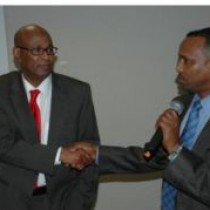


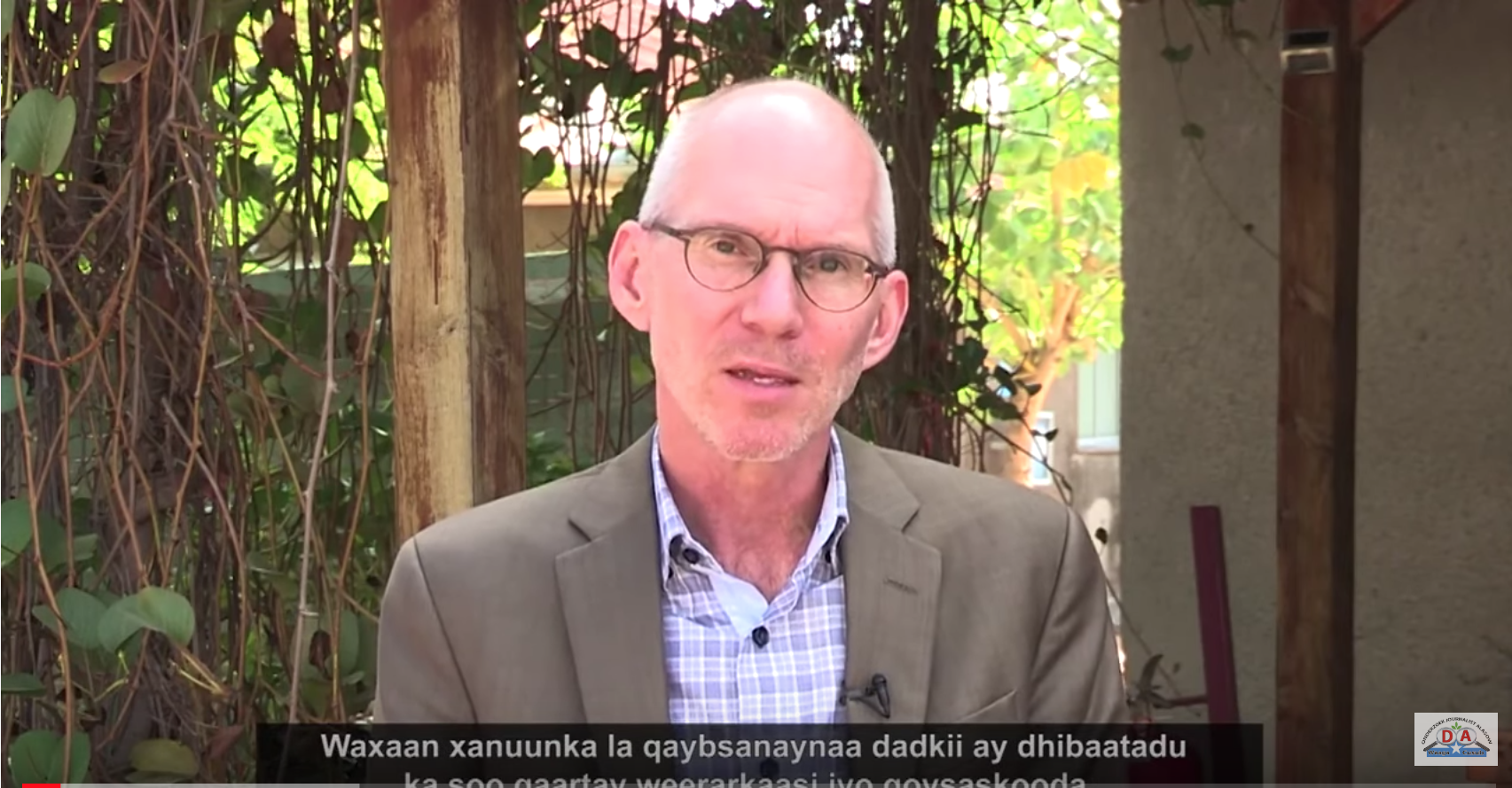
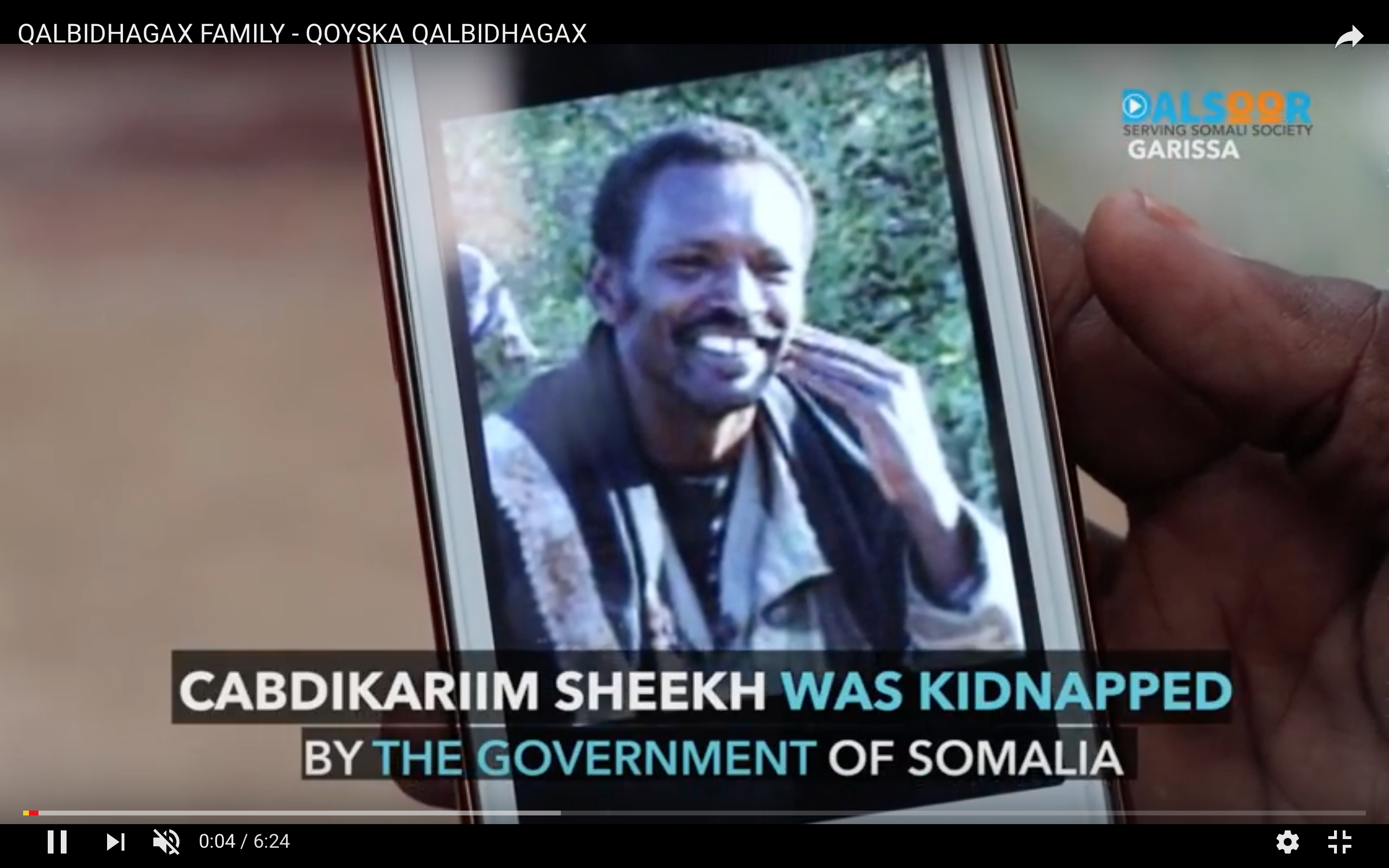
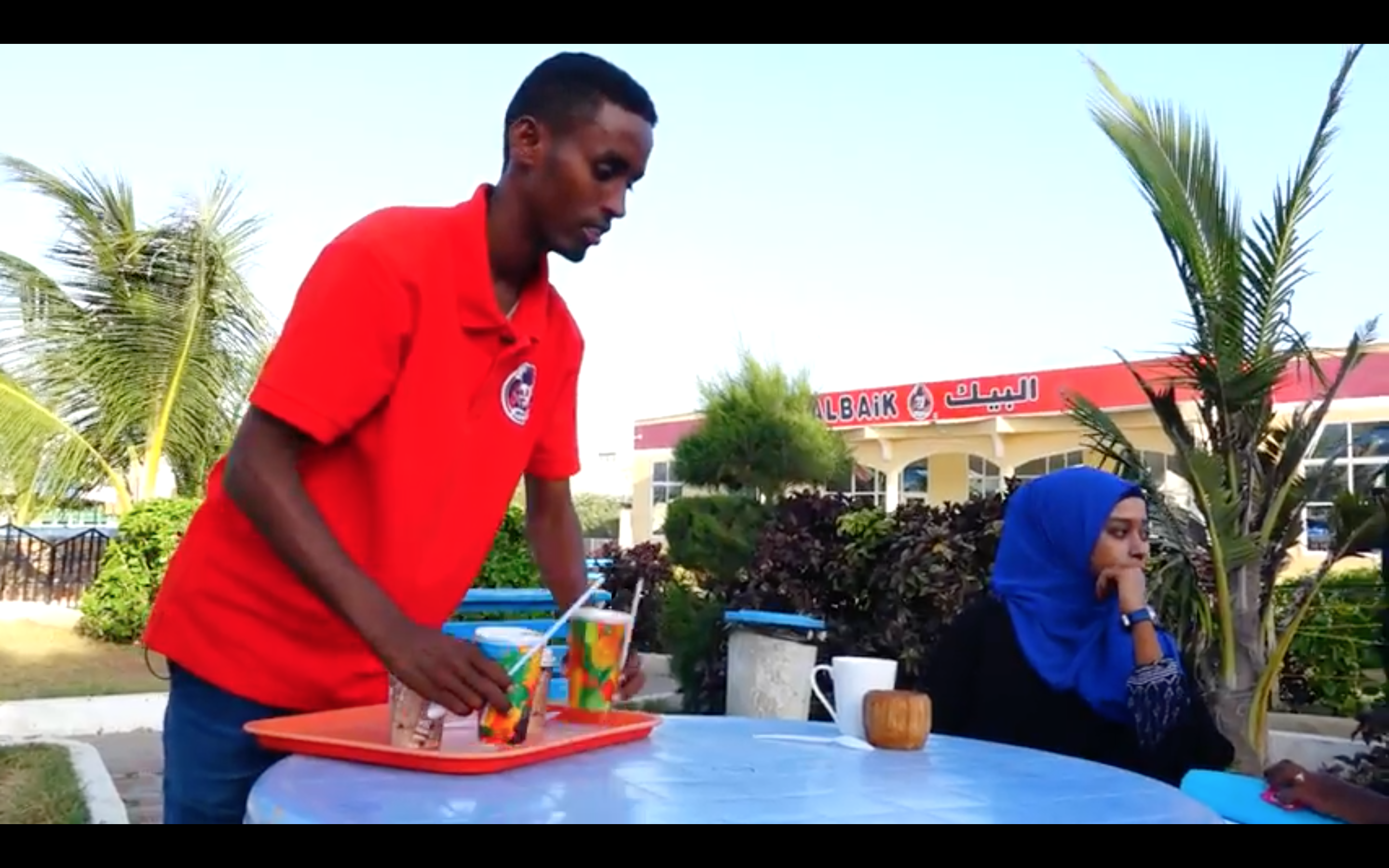
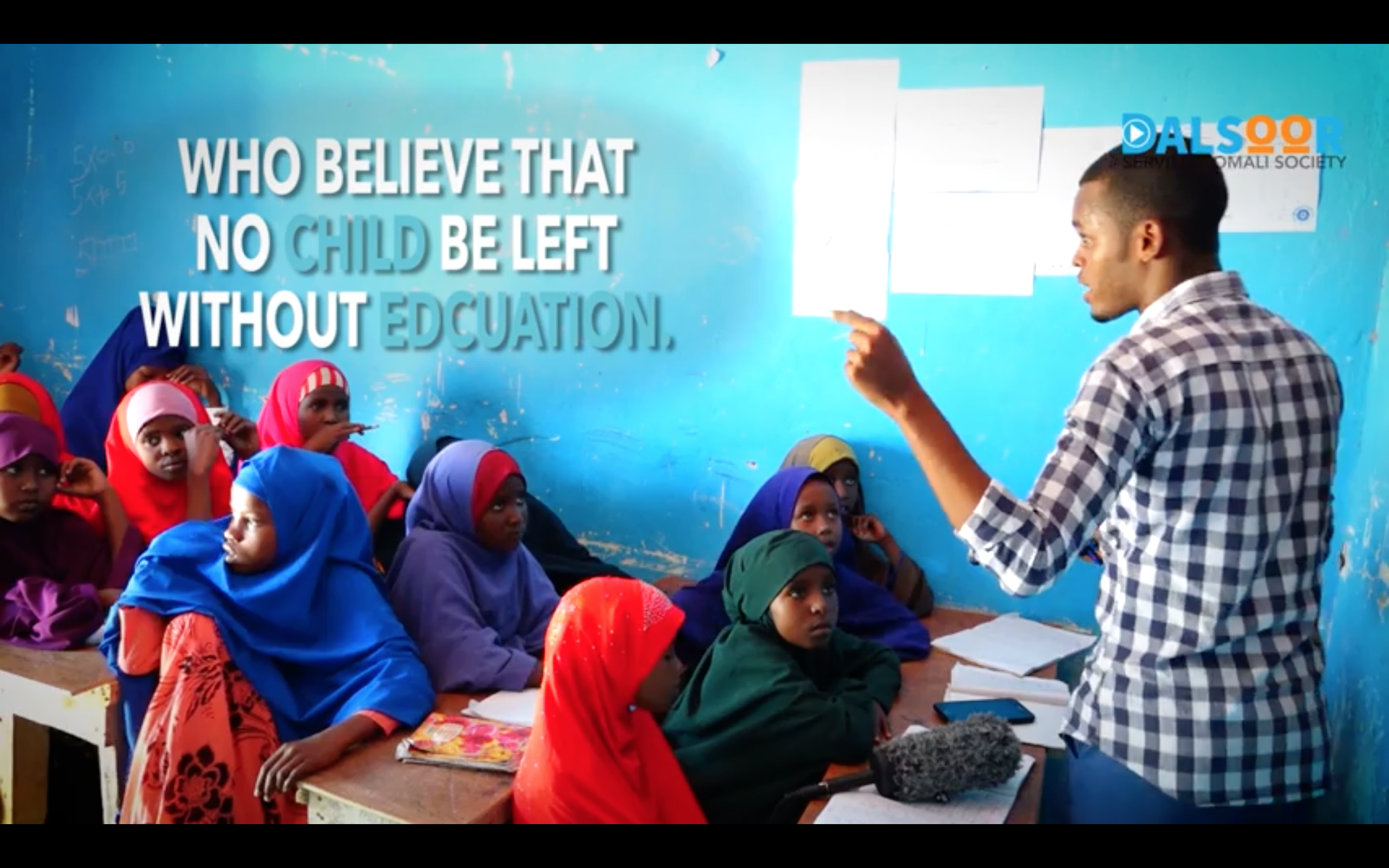
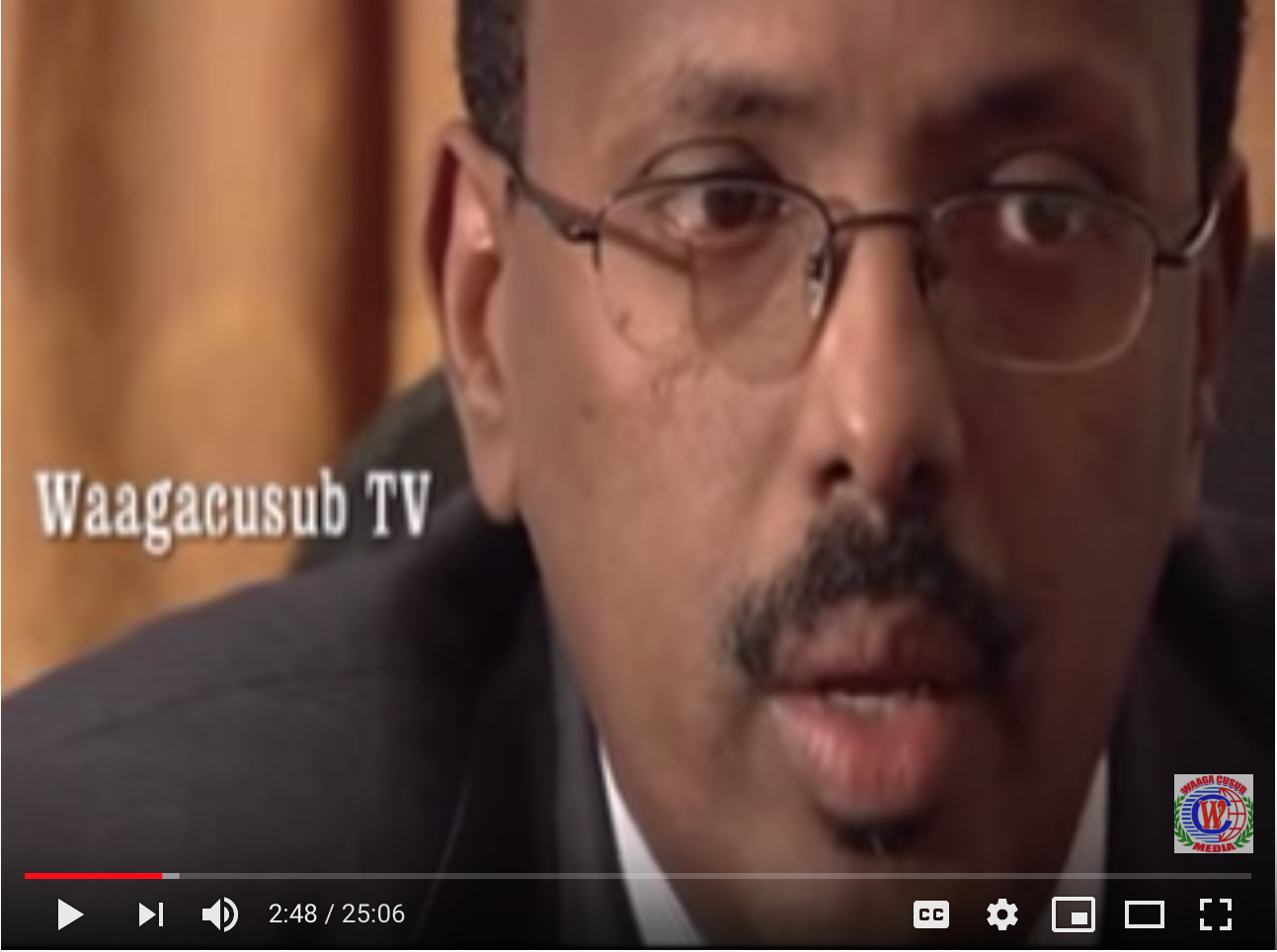

Somalia:SSC Stands its Own Legs
This was the day of revolution in Northwest Somalia, the day many had waited for so long, it was the light of a new generation and the voice of the people and the political symbol of Sool Sanaag and Cayn.